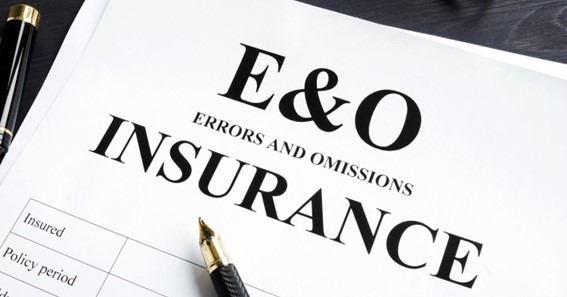You must have heard of errors and omissions (E&O) as a business owner. But what exactly is it, and why do you need it? This article will explore the basics of errors and omissions insurance, its benefits, and why it’s an essential investment for any business.
What Is It?
This type of insurance is essential for businesses that provide professional services or advice, such as consultants, lawyers, accountants, and doctors. E&O indemnification covers a range of claims, including errors, omissions, negligence, and malpractice. For example, suppose a client accuses your business of providing incorrect information or advice, resulting in financial losses for them. In that case, your E&O indemnification can help cover legal defence costs and potential damages.
Why Your Company Needs It
Even the most diligent and experienced professionals can make mistakes. However, these mistakes can result in costly legal battles that can cripple your business financially. E&O insurance helps protect your company by covering legal defence costs, settlements, and judgments related to professional negligence or error claims.
Here are some important reasons why a business needs such indemnity:
Protects a Business’s Finances: Legal claims and settlements can be expensive and may drain one’s business’s financial resources. E&O insurance can help cover these costs, preventing a business from facing significant financial losses.
Increases Client Confidence: With this indemnification, you can demonstrate to clients that your business takes its professional obligations seriously. This can increase their confidence in your business and attract more clients.
Legal Obligations: Depending on your industry, you may be legally required to have such insurance. For example, lawyers and doctors must have professional liability insurance in many states.
What Does It Cover?
E&O insurance can cover a range of claims related to professional negligence or errors, including:
Negligent Acts: This includes claims related to failure to perform services, improper advice, or failure to meet contractual obligations
Misrepresentation: Claims related to false or misleading statements made by a business
Violation of Good Faith: Claims related to a breach of trust or fiduciary duty
Infringement: Claims related to infringing intellectual property rights, such as copyright or trademark violations
Defamation: Claims related to false or damaging statements about an individual or business
E&O indemnity typically covers the costs of legal defence, settlements, and judgments related to these claims. However, it’s important to note that such insurance has limits and exclusions, so it’s essential to read the policy carefully.
Tips to Choose the Right Policy
When choosing this indemnity policy, there are several factors to consider:
Deductible: The deductible is the amount you must pay before your insurance coverage kicks in. Consider your business’s financial resources when choosing a deductible.
Exclusions: E&O indemnification policies have exclusions that specify what is not covered. Be sure to read your policy and understand what is excluded.
Industry-Specific Coverage: Depending on your industry, you may need specific types of coverage. For example, healthcare providers may need coverage for medical malpractice, while technology companies may need coverage for intellectual property infringement.
Final Thoughts
E&O indemnity is a crucial investment for any business that provides professional services or advice. It helps protect a business from potential legal claims and financial losses resulting from errors, omissions, negligence, or malpractice. When choosing an errors and omissions insurance policy, it’s essential to consider your business’s specific needs, such as industry-specific coverage and coverage limits. By choosing the right E&O indemnity policy, one can have peace of mind and focus on providing high-quality services to your clients.
